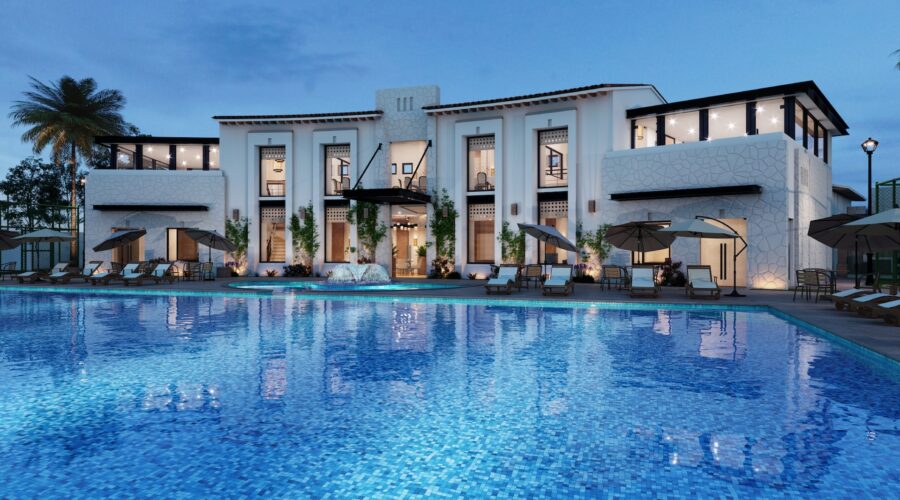Are you looking to capture the essence of your hotel through stunning imagery? Hotel photography is an art that requires a keen eye for detail, creativity, and technical knowledge. It’s more than just snapping a few photos; it’s about telling a story and creating an emotional connection with potential guests. In this blog post, we will explore some methods and techniques that can help you capture the perfect shot and showcase your hotel in the best possible light.
- Research and Planning
The first step in creating a great hotel photograph is research and planning. Before you even pick up your camera, you must understand what kind of shots you want to capture and what emotions you want to evoke. Look at other hotel photographs and determine what works and what doesn’t. List the essential features you want to highlight, such as the lobby, guest rooms, pool, and restaurant. Plan your shot list and ensure you have all the necessary equipment, such as a tripod, lighting, and lenses.
- Lighting
Lighting is one of the most critical elements of hotel photography, and it can make or break your shot. Natural light is often the best option, as it can create a warm, inviting atmosphere. However, you may need to use artificial lighting to highlight specific areas or create a particular mood. Use a combination of ambient light and artificial light to create the perfect balance. Avoid harsh, direct light that can create harsh shadows and overexposure.
- Composition
Composition refers to the way you arrange the elements in your photograph. Consider the rule of thirds, where you divide the image into thirds both horizontally and vertically, and place the essential elements along these lines. This creates a sense of balance and draws the viewer’s eye to the critical features. Use leading lines, such as stairs or hallways, to guide the viewer’s eye through the image. Experiment with different angles and perspectives to create depth and interest.
- Staging
Staging involves arranging the scene to create a particular mood or atmosphere. It’s about creating a story and evoking emotions. Use props and accessories to add interest and personality to your shot. For example, you might add fresh flowers or a glass of champagne to a bedside table to create a sense of luxury and romance. Ensure the room is spotless and clutter-free, and remove any distracting elements that may take away from the shot.
- Post-Processing
Post-processing is the final step in creating a great hotel photograph. Use editing software to adjust the exposure, color, and contrast to create a professional image. However, be careful not to overdo it, as this can create an artificial look. Use post-processing to enhance the scene’s natural beauty, not to change it completely. Crop the image to ensure that the composition is balanced and the focus is on the essential elements. Consider the format of the photograph, whether it should be in landscape or portrait orientation, and ensure that it fits the platform’s requirements where it will be displayed.
Hotel photography is essential to marketing your hotel and attracting potential guests. It requires a combination of research, planning, technical skills, and creativity to capture the essence of your hotel and create an emotional connection with viewers. Remember to pay attention to lighting, composition, staging, and post-processing to create stunning imagery that showcases your hotel in the best possible light.
